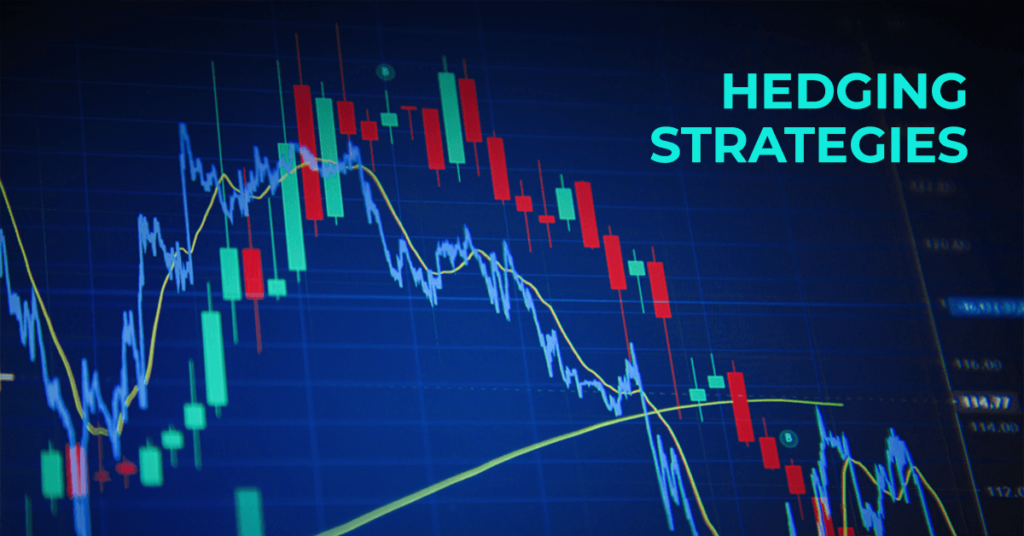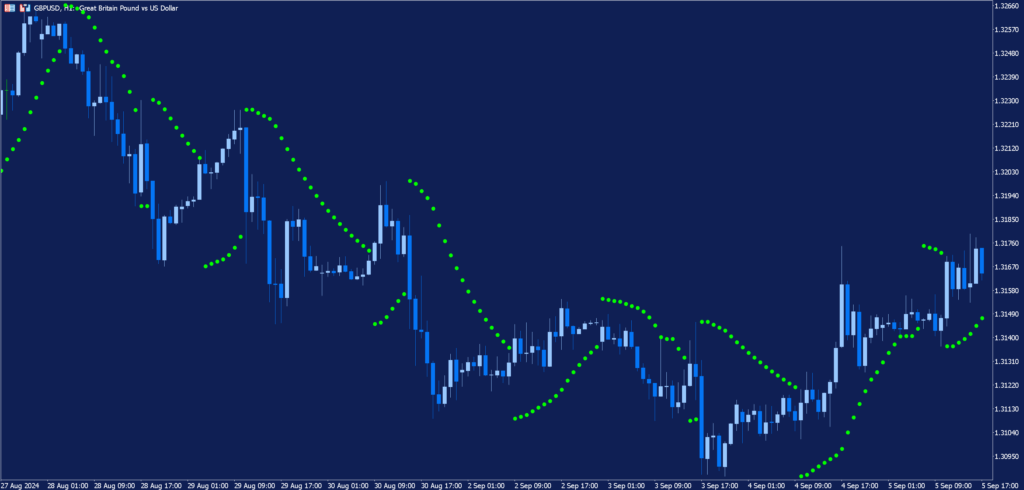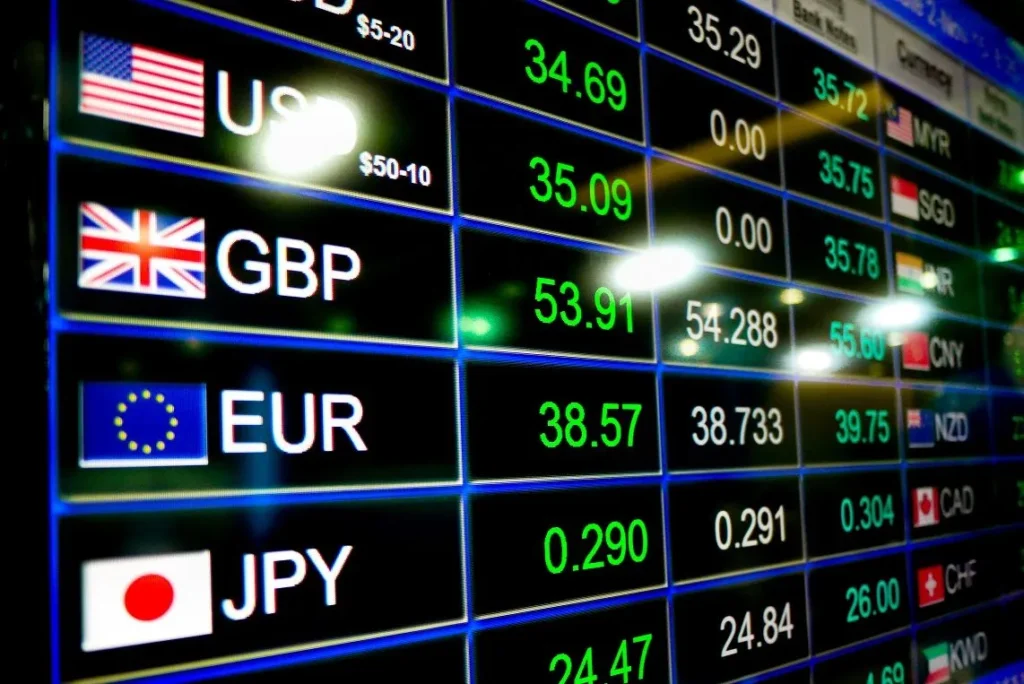What is Position Trading?

Everyone has a different investment style, but broadly speaking, investors usually have two options: they can focus on short-term trades to profit from price fluctuations, or concentrate on long-term investments to earn returns from trends. The concept of a “position” is typically refers to long positions—assets you’ve actually purchased and own—whereas “position” can refer to…
Futures Hedging Strategies: From Beginner to Advanced

Futures hedging is a common investment strategy that helps manage risk and generate stable returns. By simultaneously establishing opposite positions in the spot and futures markets, investors can hedge against price volatility and lock in asset value. Whether you’re a novice investor or an experienced trader, understanding and mastering the principles and techniques of futures…
Futures Basics Guide

Futures are financial derivatives derived from physical assets, contrasting with spot trading. A futures contract is a standardized agreement, set by a futures exchange, to buy or sell a specific quantity of an underlying asset at a predetermined price on a specified future date and location. Futures can be based on either commodities (like oil…
Forex Hedging Strategies

The foreign exchange market is the largest and most liquid market in the world—so high volatility is simply part of the game. For forex traders, volatility is the norm. To mitigate the currency risk that comes with every trade, different strategies can be used. In forex trading, hedging is a method of protecting yourself from…
In-Depth Guide to the Fractal Indicator

Traders often seek strategies grounded in mathematics to gain an edge in the markets. The fractal indicator, based on chaos theory and fractal geometry, is one such tool. By capturing the nonlinear behavior of price movements, fractals help traders spot potential market turning points that might otherwise go unnoticed. As a trading tool, the fractal…
Trading Strategy: The Five-Step Counter-Trend Method

The counter-trend trading strategy goes against the market’s general direction. It’s not the easiest approach for beginners—getting started can be tough—but if executed correctly, the rewards can be substantial. This article aims to help you understand how this strategy works and how to apply it effectively. What is a Counter-Trend Market? A counter-trend market refers…
Forex Arbitrage Strategies

Forex arbitrage may sound complex, but it’s actually an old and highly profitable investment method. At its core, it’s about spotting inefficiencies in the financial system—buying an asset at a lower price in one place and selling it at a higher price in another. That’s essentially what forex arbitrage is: identifying tiny discrepancies in currency…
A Detailed Explanation of the Aroon Indicator

The Aroon Indicator, developed by Tushar Chande in the 1990s, is a technical analysis tool designed to help identify changes in market trends. Specifically, it allows traders to observe potential future price movements and detect emerging trends in asset prices. The indicator measures the time elapsed between highs and lows in price action. Its core…
Parabolic SAR Indicator Explained

The Parabolic SAR (Stop and Reverse, or SAR for short) is a widely used technical analysis tool among traders and analysts. It helps identify potential trend reversal points and provides guidance on when to enter or exit trades. Especially useful in trend-following strategies, mastering the mechanics and applications of SAR can enhance your ability to…
Classic Quantitative Strategies in the Forex Market

The foreign exchange (forex) market attracts a large number of traders due to its high liquidity and 24-hour trading availability. Quantitative trading strategies are just as popular in forex as in other markets. Below are three classic forex trading strategies that can be implemented in quantitative systems. 1. Momentum Trading Strategy The momentum strategy is…



